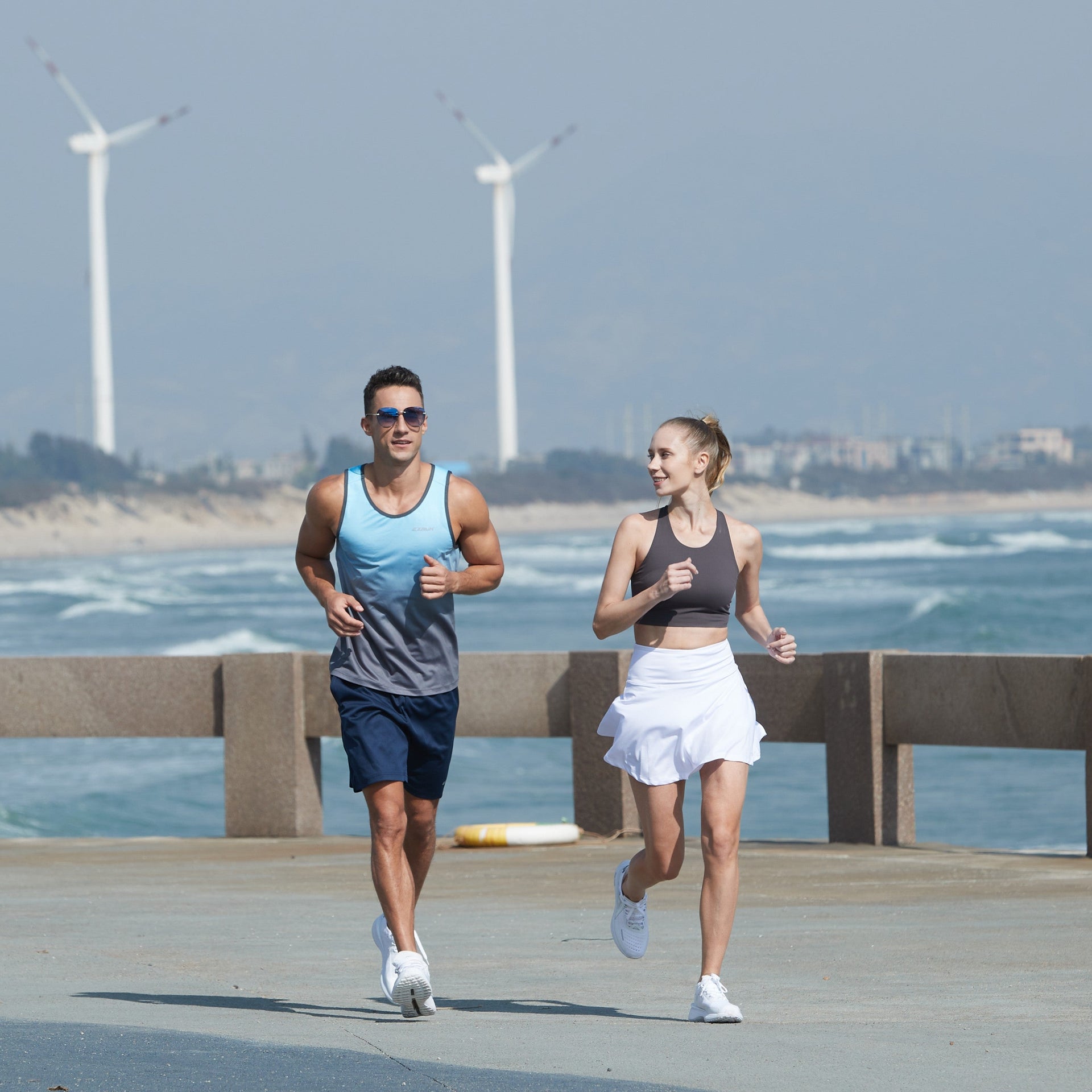
How to Train for a Marathon: A Beginner’s Guide
So, you’ve decided to run a marathon. That’s fantastic! Whether it’s a bucket-list goal, a personal challenge, or just an excuse to buy new running gear, running 26.2 miles is no small feat. But before you start lacing up your sneakers and sprinting out the door, let’s talk about how to train properly.
Step 1: Are You Ready?
Before committing to a marathon, assess your current fitness level. If you can comfortably run or jog 3-5 miles a few times a week, you have a good base to start. If not, consider building up your endurance with a few months of consistent running before diving into marathon training. Also, check with your doctor if you have any health concerns—it’s always better to be safe than sorry.
Step 2: Set Realistic Goals
Not all marathon goals are about breaking records. Your first marathon should be about finishing strong and enjoying the experience. A realistic goal might be:
- Simply crossing the finish line (a major achievement!)
- Completing the race within a specific time (e.g., under 5 hours)
- Running the entire way without walking breaks
Whatever your goal, make sure it aligns with your fitness level and training commitment.
Step 3: Find the Right Training Plan
Most marathon training plans last between 16 to 20 weeks and include:
- Long Runs: These build endurance and gradually increase from 6 miles to 20 miles.
- Shorter Runs: Done on weekdays to maintain consistency.
- Rest Days: Crucial for muscle recovery.
- Cross-Training: Activities like cycling or swimming to build strength without overloading your legs.
- Tapering: Reducing mileage in the last few weeks to allow your body to recover before race day.
Find a plan that matches your experience level. If you’re new to running, a beginner’s plan with 3-4 runs per week is ideal.
Step 4: Listen to Your Body
Training is about progress, not punishment. If you experience pain (not to be confused with regular muscle soreness), take a break. Overuse injuries like shin splints and a runner’s knee can sideline you for weeks if you ignore them.
Step 5: Get the Right Gear
When you're ready to start your training, it's time to think about what you'll be wearing. The right gear can make or break your race day experience. Comfort is key, and your clothes should help you perform at your best when it comes to marathon training.
The brand you should check out for high-quality, comfortable running gear is EZRUN. Their running apparel, like tank tops, shorts, t-shirts, and joggers, is designed specifically with marathoners in mind. The fabric is breathable, lightweight, moisture-wicking, and comfortable—perfect for long-distance training.
For those warmer days, a quick dry tank top paired with shorts will keep you cool and comfortable as you rack up the miles. On chillier days or during cooler training sessions, try a soft training shirt or excellent stretch joggers for maximum mobility and comfort.
Step 6: Nutrition & Hydration
Your body is an engine, and it needs the right fuel.
- Before a run: Eat a small meal rich in carbs and low in fat (think oatmeal or a banana with peanut butter).
- During long runs: Use energy gels, chews, or sports drinks to maintain energy levels.
- After a run: Replenish with a mix of protein and carbs to aid recovery.
Step 7: Taper & Race Day Prep
Two to three weeks before race day, reduce your mileage to let your body fully recover. The day before the marathon, eat a balanced meal, stay hydrated, and get plenty of rest. On race day, make sure to wear your tried-and-true EZRUN gear (no new clothes on race day, please!) and stay positive. The race will be tough, but you’ve trained for this moment!
Final Thoughts
Training for a marathon takes time, commitment, and patience, but the feeling of crossing that finish line makes it all worthwhile. Stick to your plan, take care of your body, and dress comfortably (remember, EZRUN gear is a great choice!). Now, get out there and start training—you’ve got this!